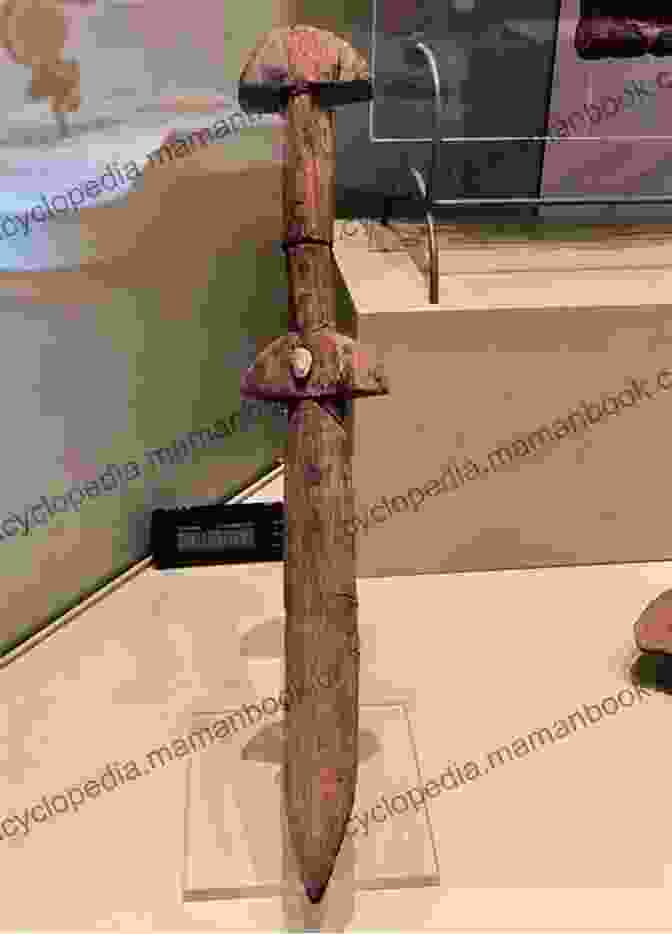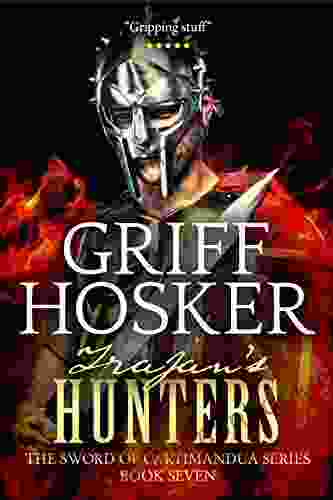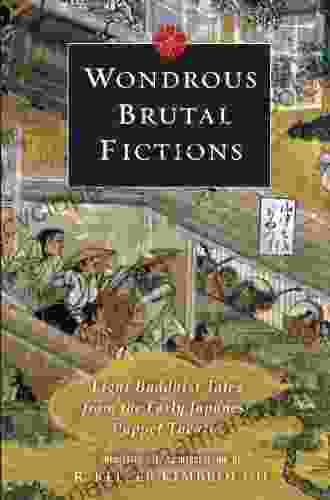Nestled deep within the rolling hills of Northern Britain, the enigmatic remains of Vindolanda Roman fort have yielded an extraordinary discovery that has captivated the world of archaeology: the Sword of Cartimandua. This ancient weapon, dating back to the Trajanic era around 100 AD, has ignited a fiery trail of intrigue, shedding light on the complex dynamics of Roman occupation in the region.
4.4 out of 5
| Language | : | English |
| File size | : | 4293 KB |
| Text-to-Speech | : | Enabled |
| Screen Reader | : | Supported |
| Enhanced typesetting | : | Enabled |
| Word Wise | : | Enabled |
| Print length | : | 225 pages |
| Lending | : | Enabled |
The Trajan Hunters
The Trajan Hunters were a specialized auxiliary unit recruited from the native Brigantian tribe. Their primary duty was to patrol the turbulent frontier between Roman-held territory and the untamed lands of the Caledonians, fierce warrior tribes who posed a constant threat to Roman dominance.
The Sword of Cartimandua: A Weapon of Power and Diplomacy
The Sword of Cartimandua is an exquisite specimen of Roman craftsmanship. Its intricately designed scabbard depicts scenes of combat and a stunning depiction of the goddess Victoria. The discovery of the sword within the Vindolanda fort has sparked a surge of excitement among historians, as it provides tantalizing clues about the political landscape of the time.
The sword is believed to have belonged to Queen Cartimandua, a powerful and enigmatic figure who ruled the Brigantian tribe during the Roman occupation. Cartimandua was a staunch ally of the Romans and played a pivotal role in securing their control over Northern Britain.
The Vindolanda Tablets
Adding to the mystery surrounding the Sword of Cartimandua is the trove of written records known as the Vindolanda Tablets. These remarkable pieces of wood and leather, discovered at the Vindolanda fort, offer a glimpse into the daily life of the Roman garrison and the wider political landscape of the region.
One particular tablet, known as "Tablet 343," contains a fascinating reference to the sword. Dated to around 105 AD, the tablet records a letter written by a Roman officer named Masculus to Cartimandua. In the letter, Masculus inquires about the whereabouts of the sword, which he refers to as "the sword of the Emperor." This intriguing exchange suggests that the sword held significant symbolic importance, perhaps serving as a token of alliance between Cartimandua and the Roman Empire.
Unraveling the Sword's History
The Trajan Hunters and the Sword of Cartimandua have become the subject of intense archaeological research. The discovery of the sword has spurred a flurry of new excavations, aiming to piece together the complex history of this ancient weapon and the role it played in the turbulent frontier of Roman Britain.
Archaeological evidence suggests that the Trajan Hunters were a highly skilled and disciplined unit. Their presence in Northern Britain played a crucial role in maintaining peace and stability along the Roman frontier. The discovery of the Sword of Cartimandua provides a tangible link to these enigmatic warriors, offering a glimpse into their lives and the challenges they faced.
The Significance of the Sword
The Sword of Cartimandua is not only a stunning artifact but also a symbol of the complex relationship between the Romans and the native tribes of Northern Britain. The sword represents both the power and diplomacy employed by the Romans to establish their dominance in the region. It serves as a reminder of the alliances and conflicts that shaped the course of history in this contested landscape.
The Trajan Hunters and the Sword of Cartimandua continue to captivate the imagination of historians and archaeologists alike. Their story weaves together themes of war, diplomacy, and the struggle for power. The discovery of the sword has shed new light on the Roman occupation of Northern Britain and provided a valuable glimpse into the lives of the ancient warriors who patrolled its turbulent frontier.



















































































































